“Did you ever have an imaginary friend?” is up there with the most interesting questions I’ve been asked by a stranger on a train.
It came from the older woman sitting across from me this weekend, after a wee girl down the aisle was heard explaining to her dad that Napkin (who, from what I could gather, was an invisible, hippo-like creature) had to have some room on the seat, so would he please move over?
A split second of carriage camaraderie followed. I watched the sneaky little smiles cracking the facades of the fellow travellers politely pretending not to hear.
Turns out there’s nothing like a moment of pure whimsy to break through the wall of heat and carefully-crafted stoicism in a stuffy summer LNER service.
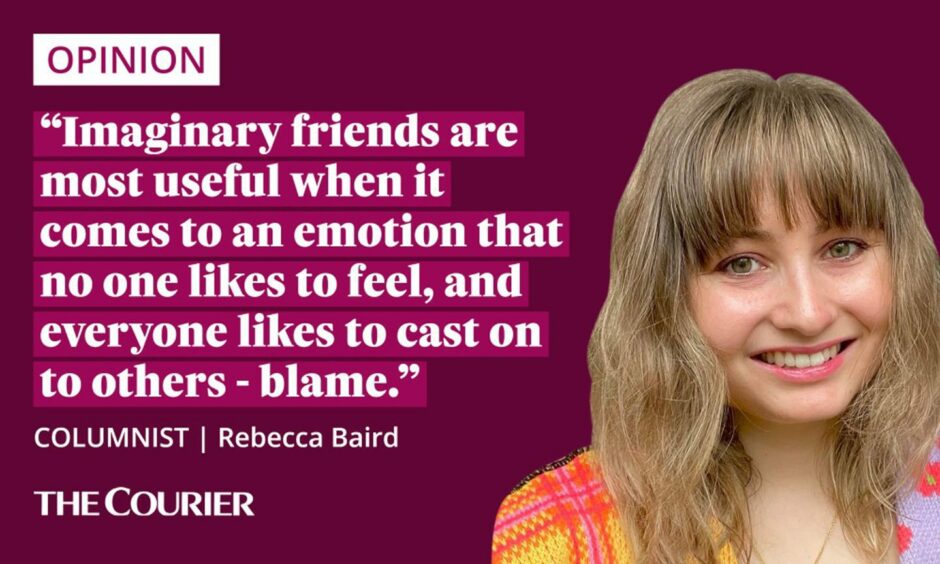
To the woman, I answered: “Yeah, I did.”
What I didn’t say was that I still do. And that I think they help me keep my real ones around.
A friend of a friend…
It’s well documented that imaginary friends are a normal part of childhood for many people, with studies showing that 65% of children up to age seven had had an imaginary friend or companion at some point.
Ask your friends and family about theirs, and I promise you some entertaining conversations.
My mate’s wee sister had one called Charlie Nobody – that’s Mr Nobody, to you – whose entire family would often stay for dinner at their house.
Another pal tells me he toted around an invisible creature called an ‘unga’ for most of his early life, and would go nowhere without checking he had it. (When asked what an ‘unga’ looks like, I am told ‘like an unga’. Right.)
Lorraine, the honeysuckle fairy who lived in the garden, was mine.
She had a little dress of petals and an insistent, mischievous appetite for finding discarded treasures to bring home and hide in shoeboxes.
It’s thought that imaginary friends help kids with their emotional development, because they help them to learn the theory of mind.
That is, the ability to ‘mind-read’ other people and understand that they might think or feel differently to ourselves in a given situation.
For many kids, imaginary friends help to communicate those differing feelings that are difficult to talk about, or hard to explain.
Like how Lorraine thought I should hide my dad’s cigarettes after I learned smoking could make you ill.
Or like Napkin needing a bit of space on that warm and sweaty train, even though the little one clearly loved cuddling up to her dad.
Maybe Napkin needed room – or maybe his friend just wanted to cool down, but didn’t want to hurt her dad’s feelings.
The lesson, I suppose, is that the creatures might be imaginary, but the emotions we project on to them are very real.
Imaginary enemy can be your best friend
Making up a third party to take the weight of emotions and action that we don’t want to ascribe to ourselves or others is actually a pretty genius – and entertaining – way to navigate relationships.
And they come in particularly handy on ‘exceptionally’ hot days like this, where the lines between reality and fantasy become as blurred as the steaming tarmac, and tempers are raised along with the mercury.
Because imaginary friends are most useful when it comes to an emotion that no one likes to feel, and everyone likes to cast on to others – blame.
Blame is one of the most common childhood uses for an imaginary friend. Getting to blame someone only you can see for missing biscuits or spilled juice is one of the many perks of being tiny and cute.
But we do it in adulthood too, in our own, grown-up way.
At work, we routinely hear ‘gremlins’ blamed for seemingly inexplicable tech issues.
‘Poltergeists’ or ‘ghosts’ get the cop for strange bumps in the night, and you’ll hear elves or pixies held responsible for misplaced equipment.
We all know it’s folkloric nonsense, a collective suspension of disbelief to help the fractious moments pass.
When stuff goes wrong, we’re quick to blame the moon, the dead, gods or monsters – anything but the people we care for.
Instead of imaginary friends, we make imaginary enemies.
But they’re useful. Having some unreal entity to take the blame for communal annoyances is a way we can reconcile the idea that sometimes things go wrong and it’s no one’s fault.
So why not take them one step further, and invent imaginary enemies for our one-on-one frictions, too?
Blame it on the bunny
For example, in one of my favourite books, Chocolat by Joanne Harris, the narrator’s daughter has an imaginary rabbit called Pantoufle who follows her around. (Yes, in the film he was a kangaroo.)
He was based on the author’s own daughter’s ‘real’ imaginary friend. And through Pantoufle, we get to know what the quiet little girl is thinking and feeling.
My daughter was 4 when I wrote Chocolat. A lot of Anouk's character (including her invisible friend, Pantoufle) was borrowed from that, and from my own experience as a mother. #ChocolatReadingGroup https://t.co/F1bm6fWtzd
— Joanne Harris (@Joannechocolat) April 2, 2021
I was so charmed by Pantoufle that when I told a close friend about the book, he became our collective imaginary friend too, complete with his own motto (“cotton tail, never fail”) and fleshed-out backstory.
And it’s completely changed the way we talk to one another.
“Where’s Pantoufle?” has become code for “I had a rough day”. He’s a shorthand, a way of asking for comfort or understanding without having to explain why right in that moment.
And when it comes to navigating the blame game, Pantoufle has now spawned an evil twin, ‘Badtoufle’.
Badtoufle can convey mild annoyance – “I hope Badtoufle gets you” – or take the heat for a random grumpy mood – “sorry, Badtoufle’s here” – without escalating the interaction into a real row.
After all, you can’t fall out with a made-up, leather-clad rabbit, can you?
It’s juvenile, and it’s silly, but it works.
Suddenly the problem isn’t the other person, it’s a fuzzy little terror you both tolerate. The solution is as ridiculous as the problem, and now you’re laughing again.
Sorted.
If you think I sound like a raving lunatic, you’re right enough.
But if you, like me, are underslept, overheating and more than a bit irritable during this heatwave, do yourself and your thinning patience a favour.
Embrace the lunacy, and blame it on the bunny.

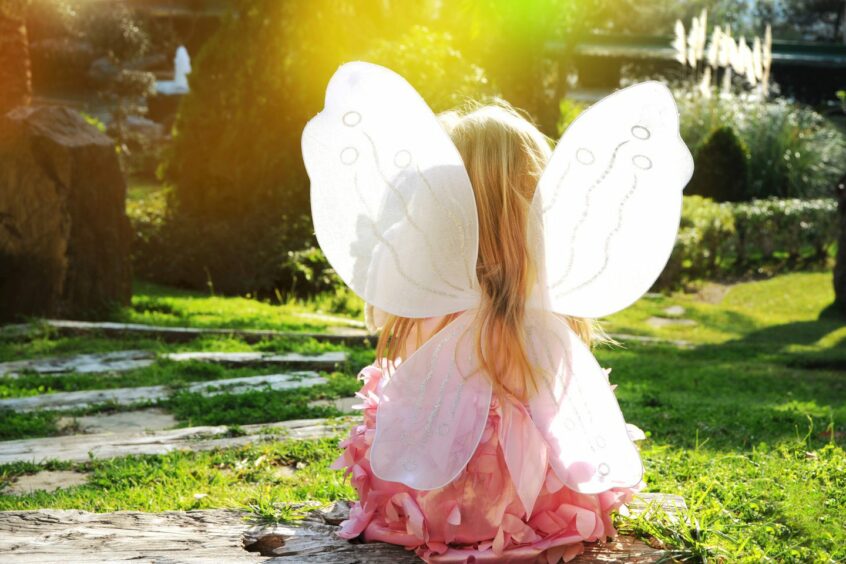
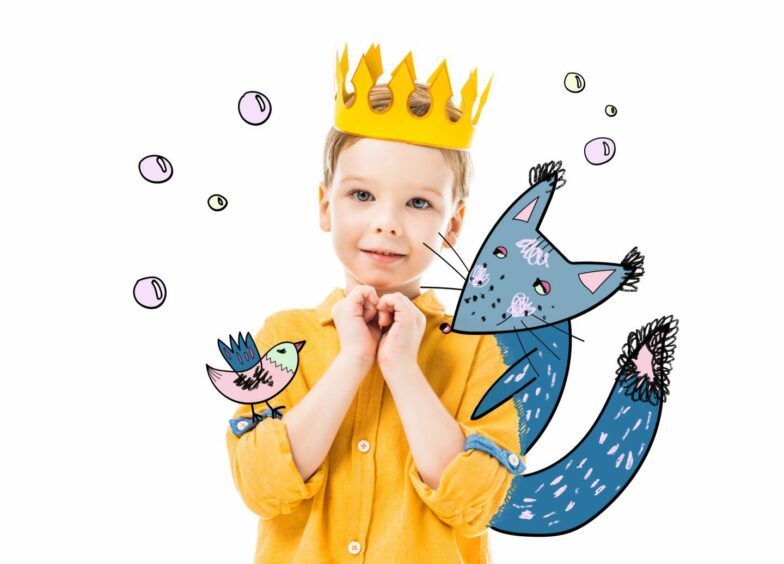
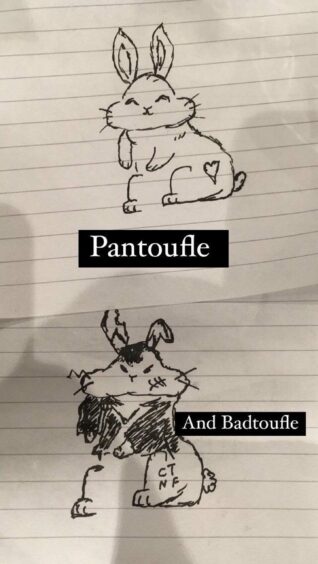
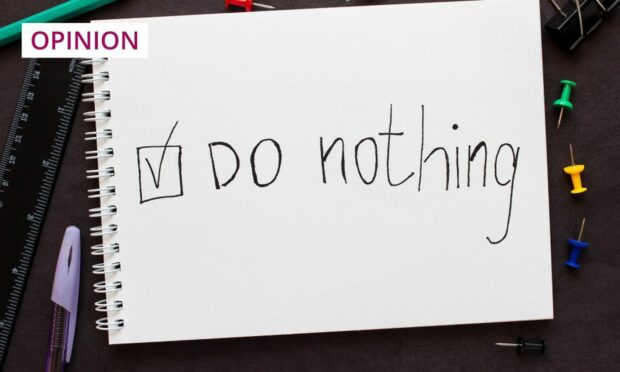


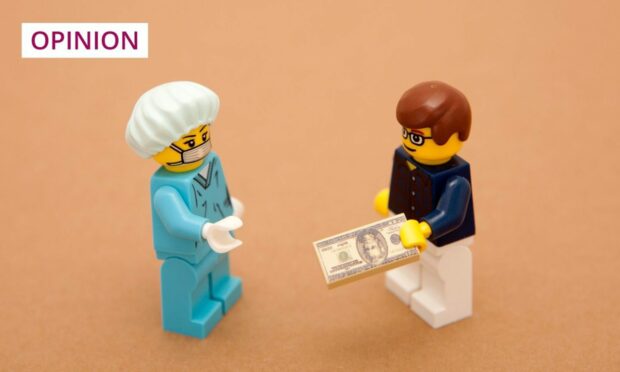

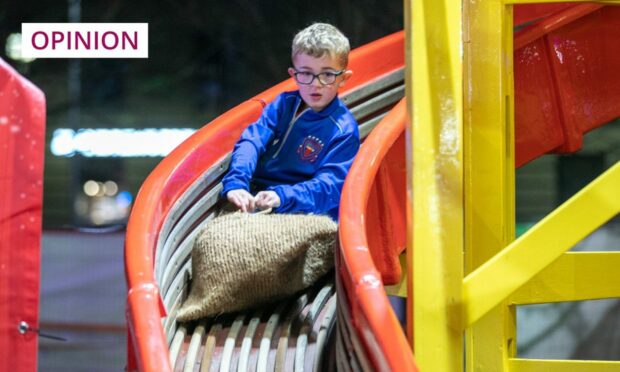

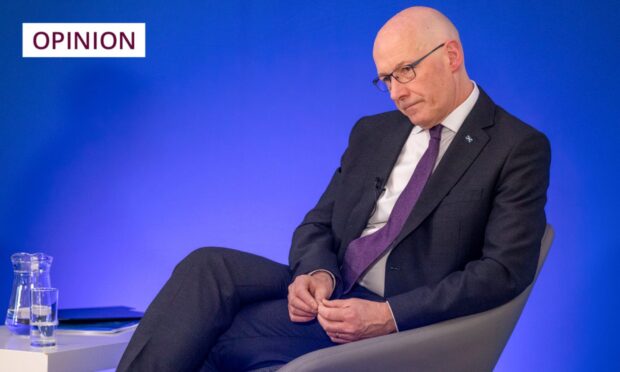

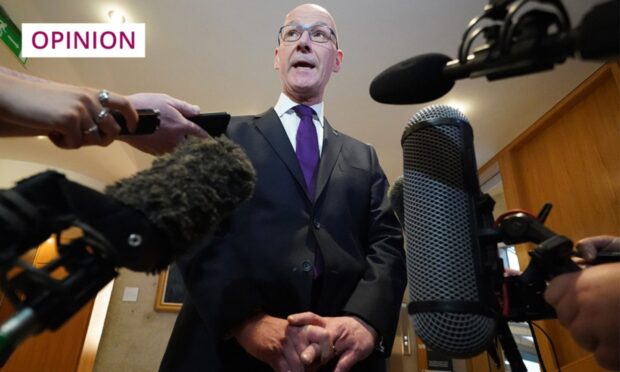






Conversation